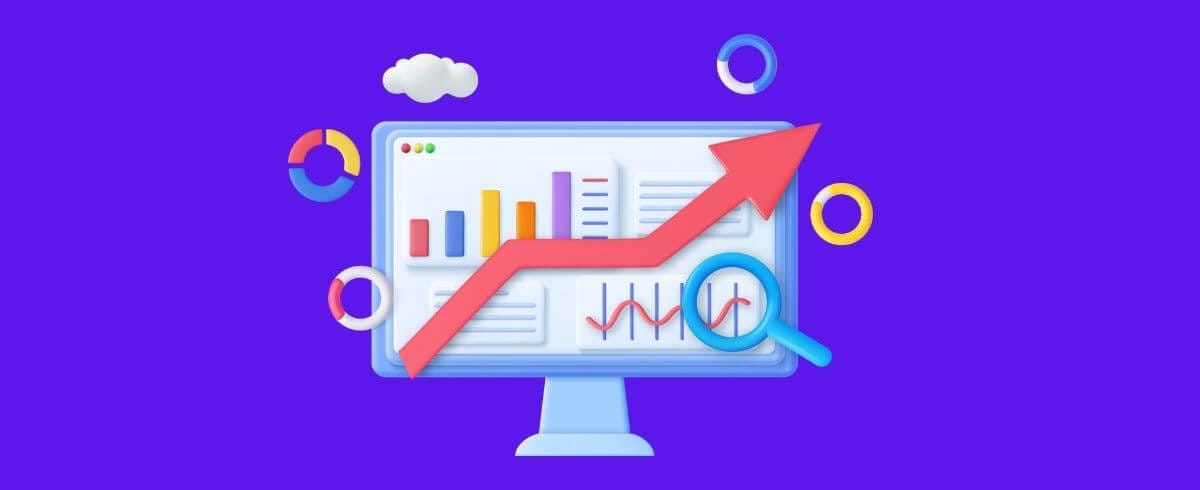Boosting Financial Efficiency with Manufacturing Resource Planning (MRP) in ERPNext
These days, factories use Manufacturing Resource Planning (MRP) to make better use of resources and manage production costs. In a competitive industry, many manufacturers turn to MRP solutions to structure their operations and increase profits.
This article explains how MRP works in ERPNext and how it helps factories improve budget management.
Understanding Manufacturing Resource Planning (MRP)
MRP is a complete system for planning and managing resources in manufacturing. Production involves many inputs—inventory, procurement, scheduling—and each affects the other. MRP applies a holistic approach to resource allocation, ensuring that procurement, production, and other operations stay connected.
How MRP Improves Financial Efficiency
Modern factories gain significant financial benefits from MRP. The system reduces costs by improving inventory management, production planning, and procurement.
Better Inventory Management
Accurate demand forecasting and production planning help companies maintain the right inventory levels. MRP prevents overstocking, which increases storage costs, and avoids stockouts, which lead to lost sales.
Smarter Production Planning
MRP creates precise production schedules based on demand forecasts, available resources, and constraints. This prevents both overproduction and underproduction—two major sources of waste. Manufacturers protect product quality while reducing costs.
Streamlined Procurement
MRP turns procurement into a strategic process. The software determines the exact quantities of raw materials and the best times to order them. With just-in-time procurement, factories lower storage costs and reduce the risk of obsolete stock.
Reducing Operational Costs with Better Resource Use
MRP helps factories cut operating costs by managing labor, equipment, and energy more effectively.
Labor Optimization
MRP shows how many workers are needed for each production run. Managers use this insight to avoid overtime costs and idle time. In ERPNext, workforce planning tools provide detailed scheduling for higher productivity.
Equipment Efficiency
Smart planning reduces machine downtime and maintenance costs. ERPNext also offers equipment maintenance scheduling to keep machines running smoothly.
Energy Savings
Optimized production schedules help companies use energy during off-peak hours. This lowers energy bills and improves overall cost efficiency.
Cutting Production Waste with ERPNext
Waste reduction is central to cost efficiency. ERPNext’s MRP features help manufacturers cut waste through better material planning, quality control, and scrap management.
Accurate Material Planning
The system calculates exact material requirements based on the bill of materials (BOM) and production orders. Buying only what is needed prevents raw material waste and reduces costs.
Built-in Quality Control
Quality checks are integrated into production workflows. Detecting defects early reduces rework and prevents defective goods from moving further in the process.
Scrap Management
ERPNext helps manufacturers track, reuse, or sell scrap. This turns waste into value and supports sustainability goals.
Conclusion
MRP plays a critical role in improving cost efficiency for modern factories. By optimizing inventory, scheduling production, and managing procurement, ERPNext’s MRP module helps businesses cut waste, reduce costs, and strengthen financial performance.
As the industry evolves, MRP becomes even more essential. Manufacturers who implement it effectively secure a strong position in today’s competitive market. ERPNext provides the tools to make that possible—delivering measurable improvements and setting the stage for long-term growth.
